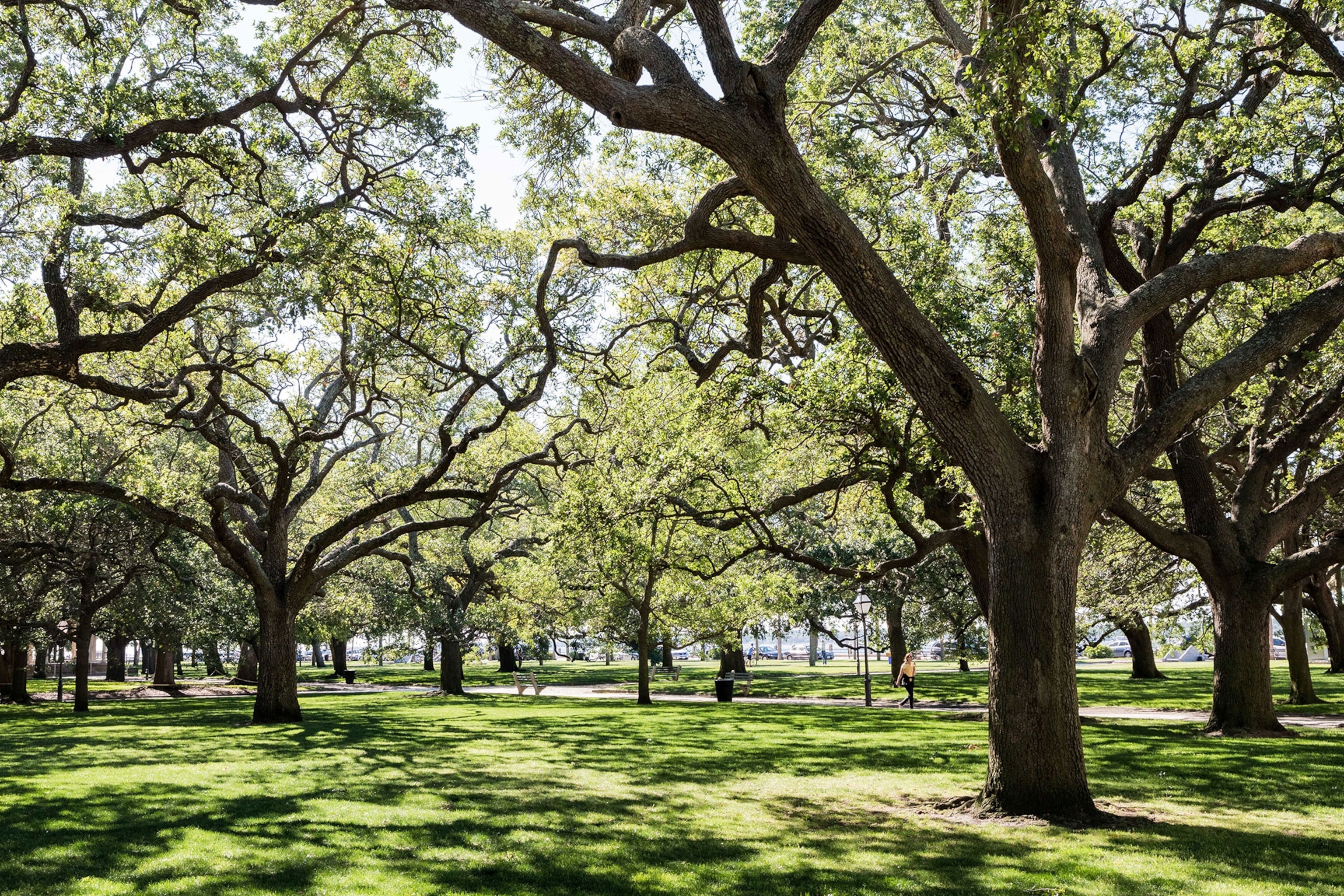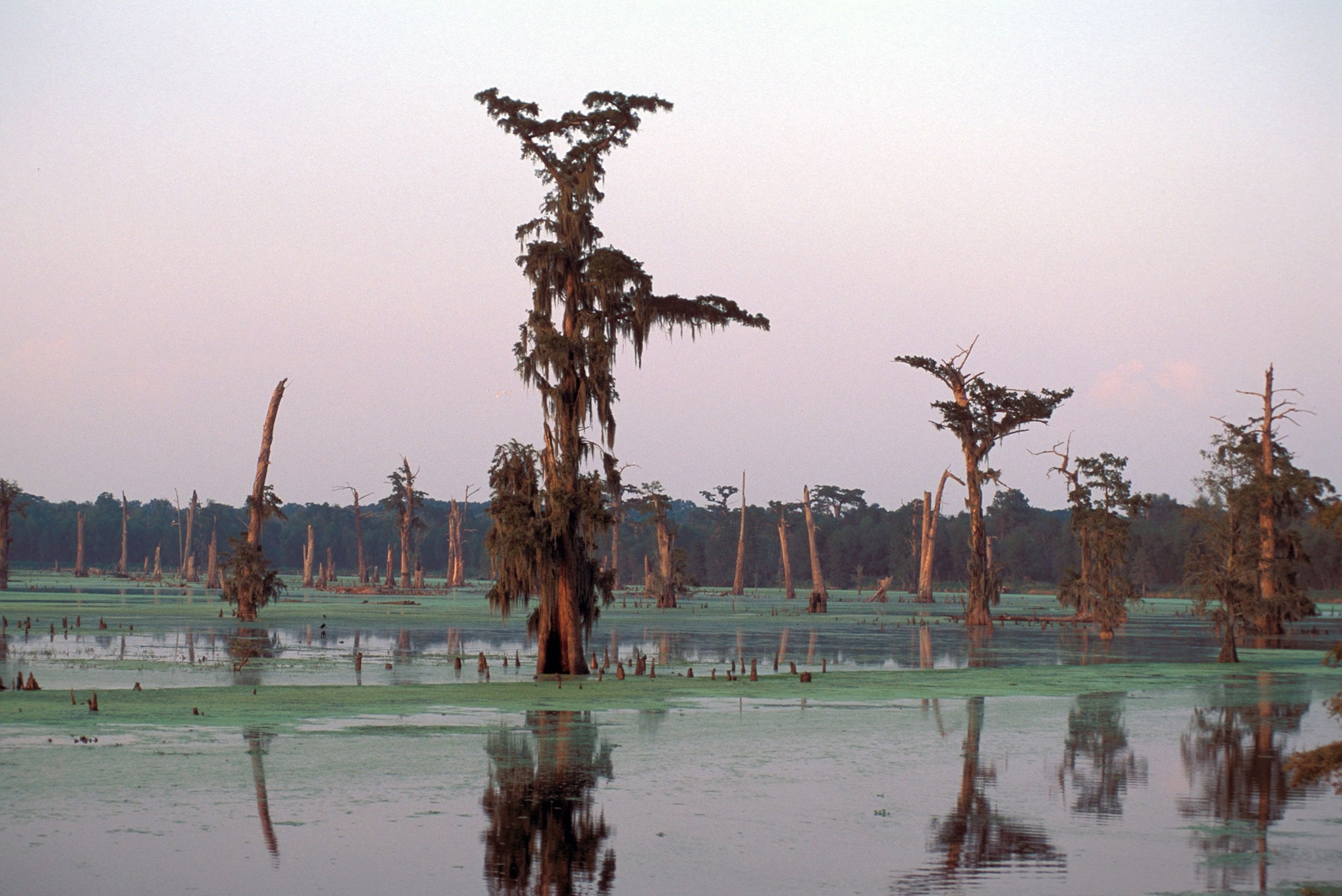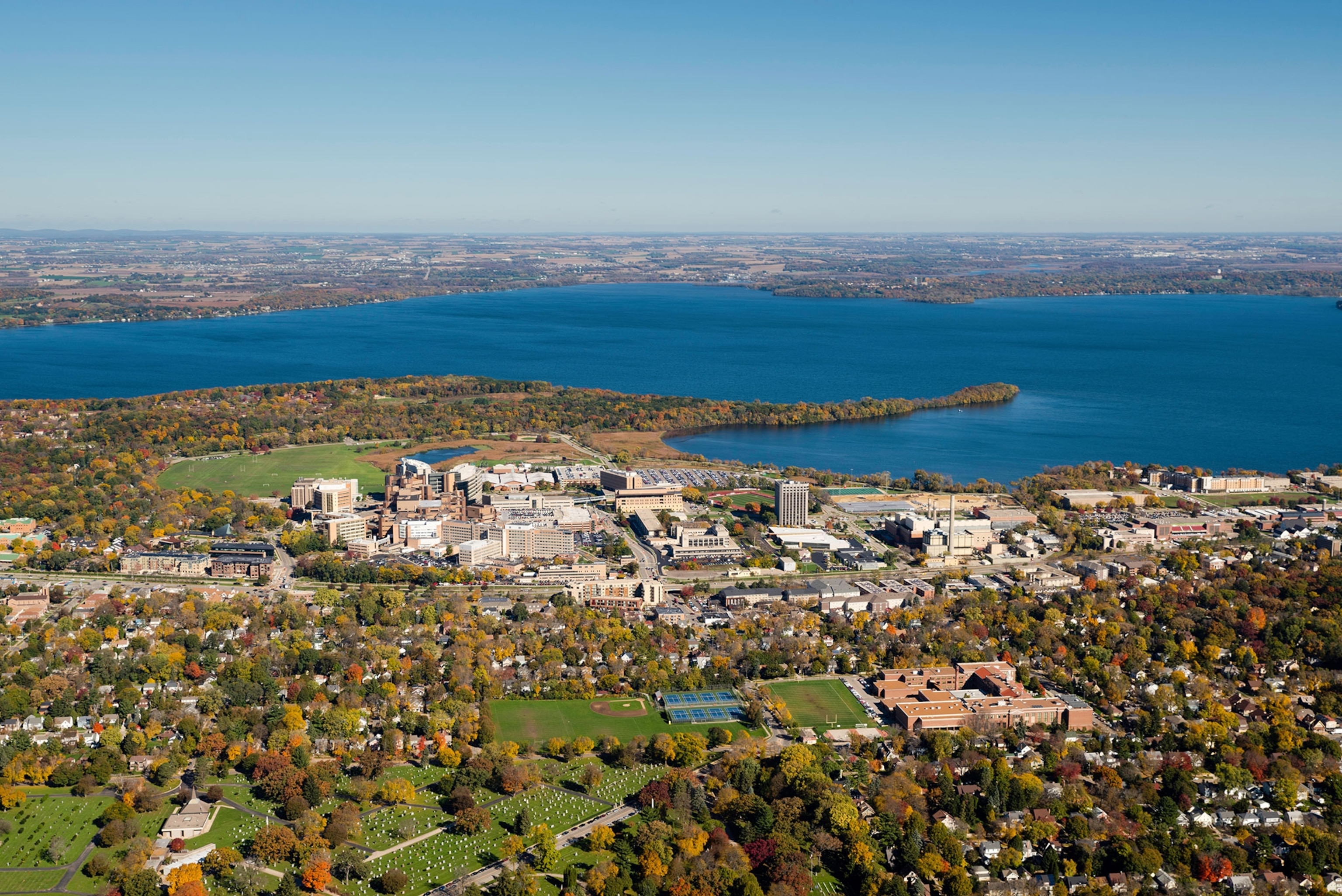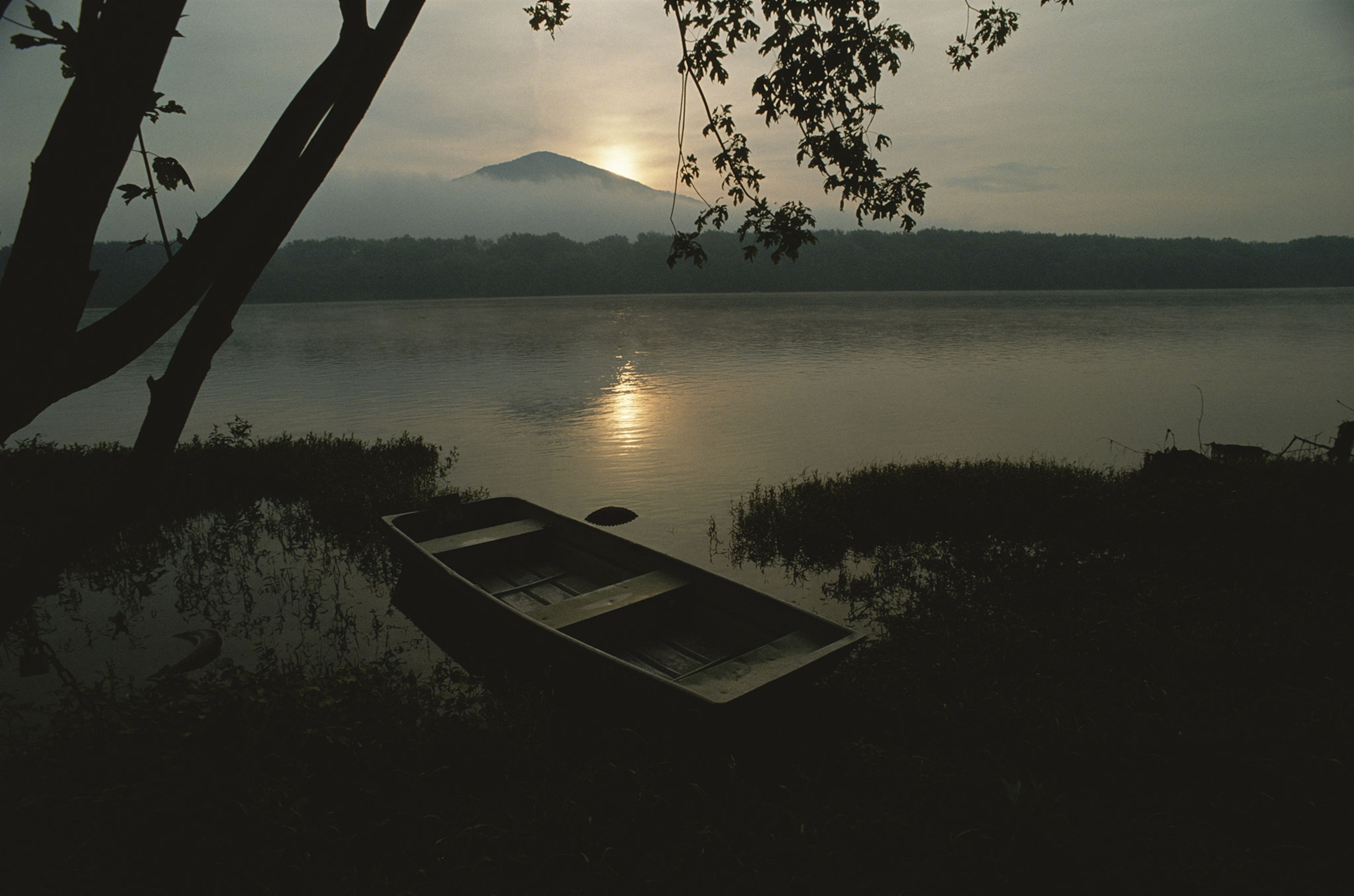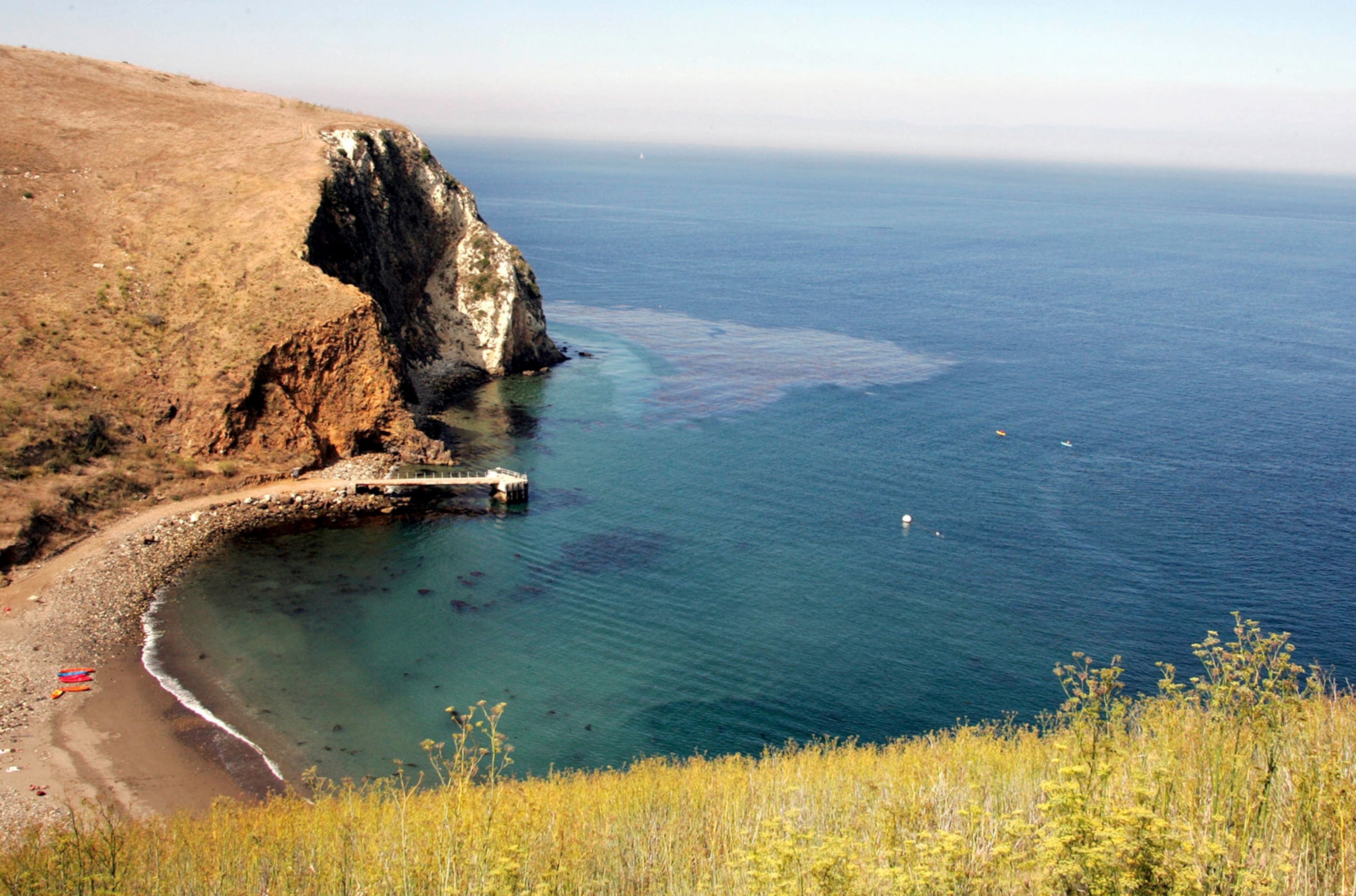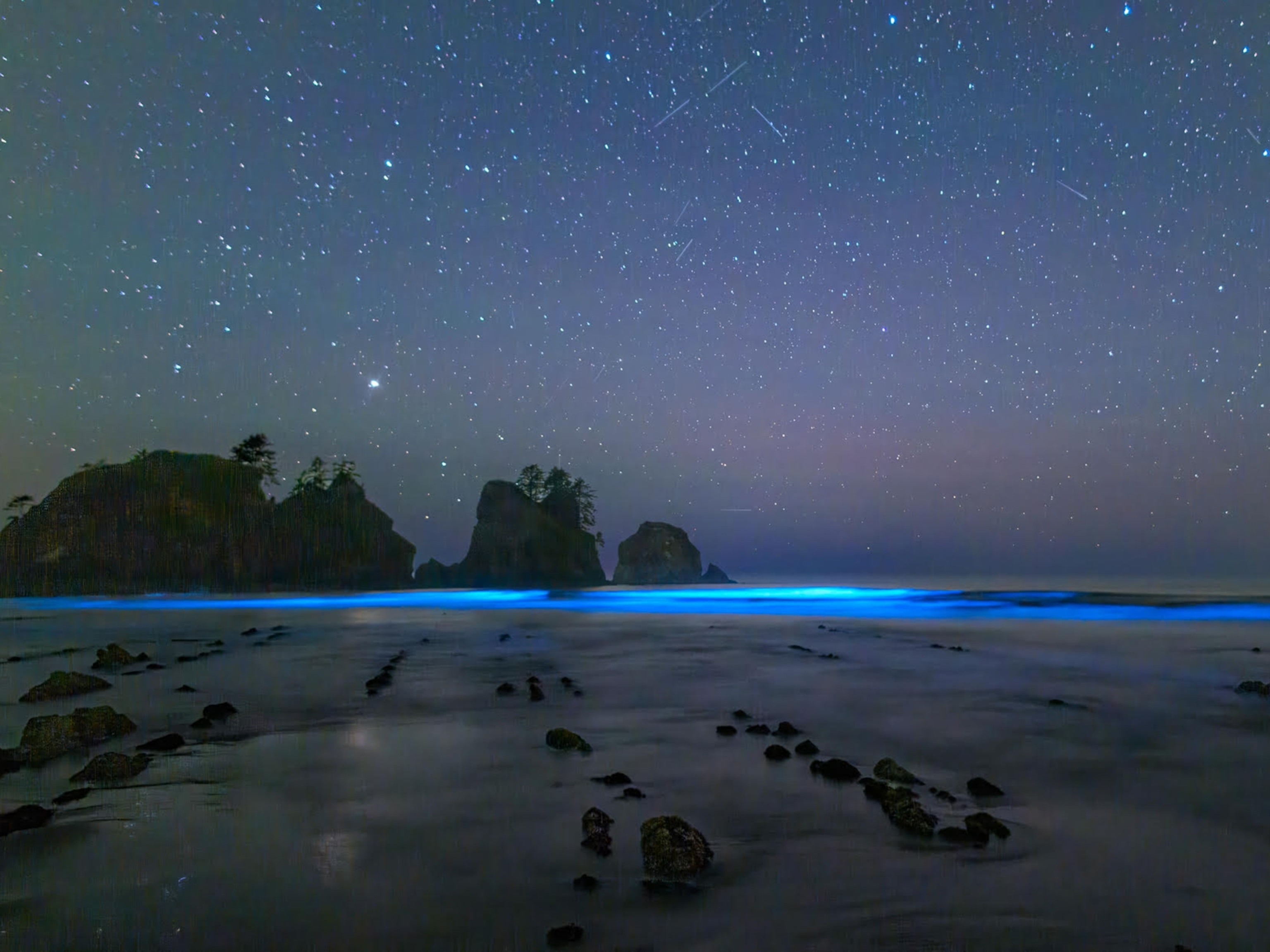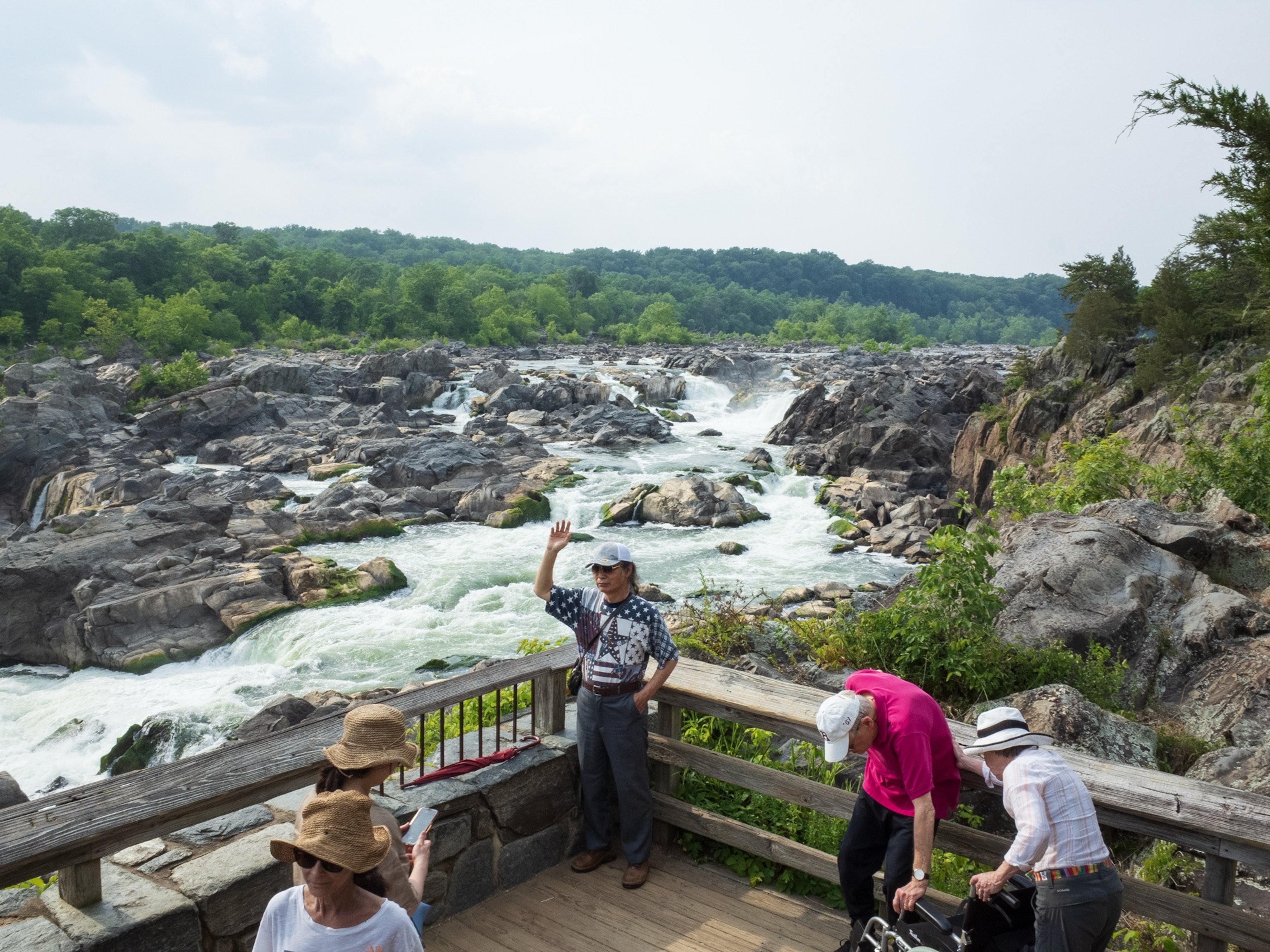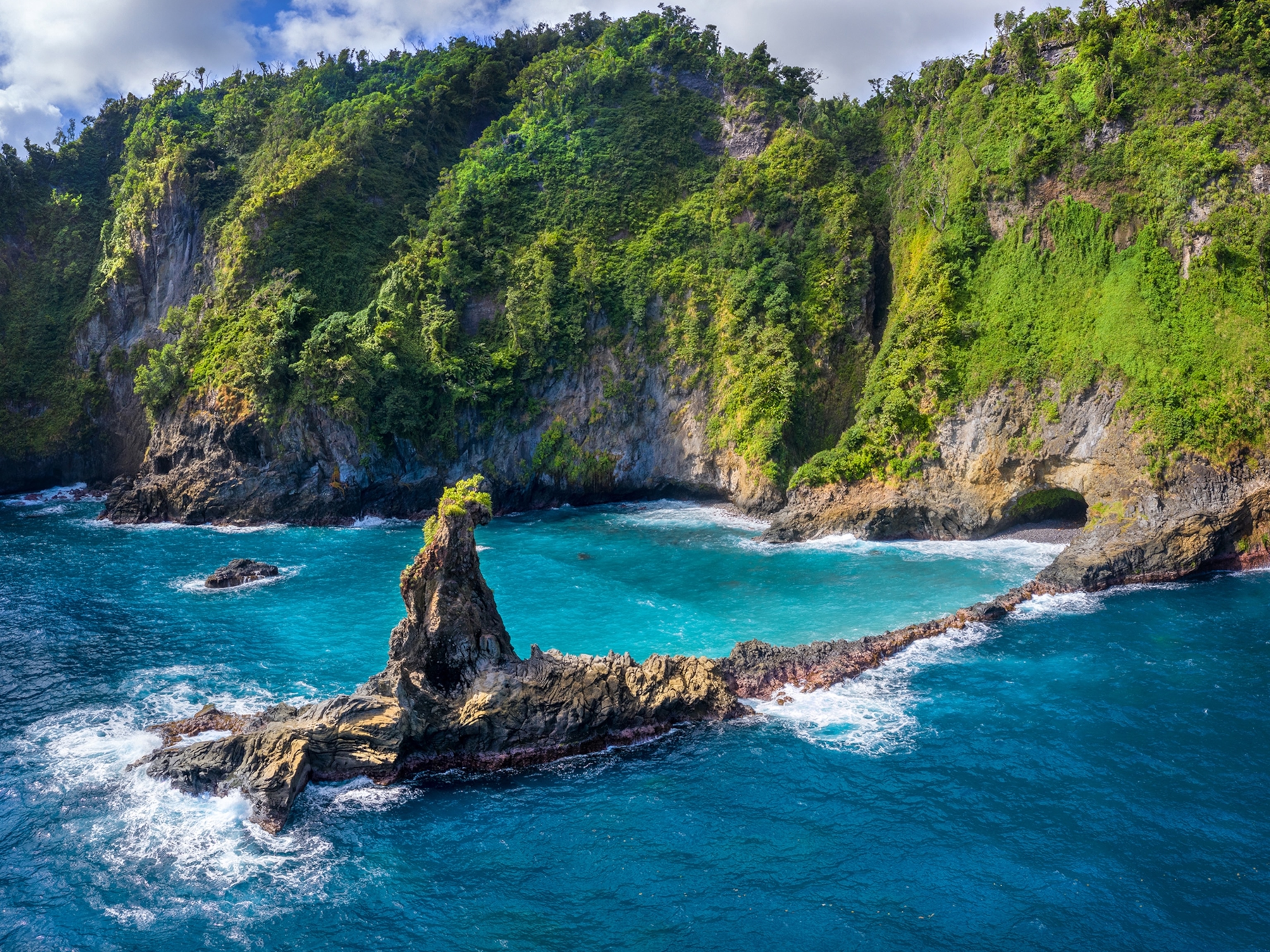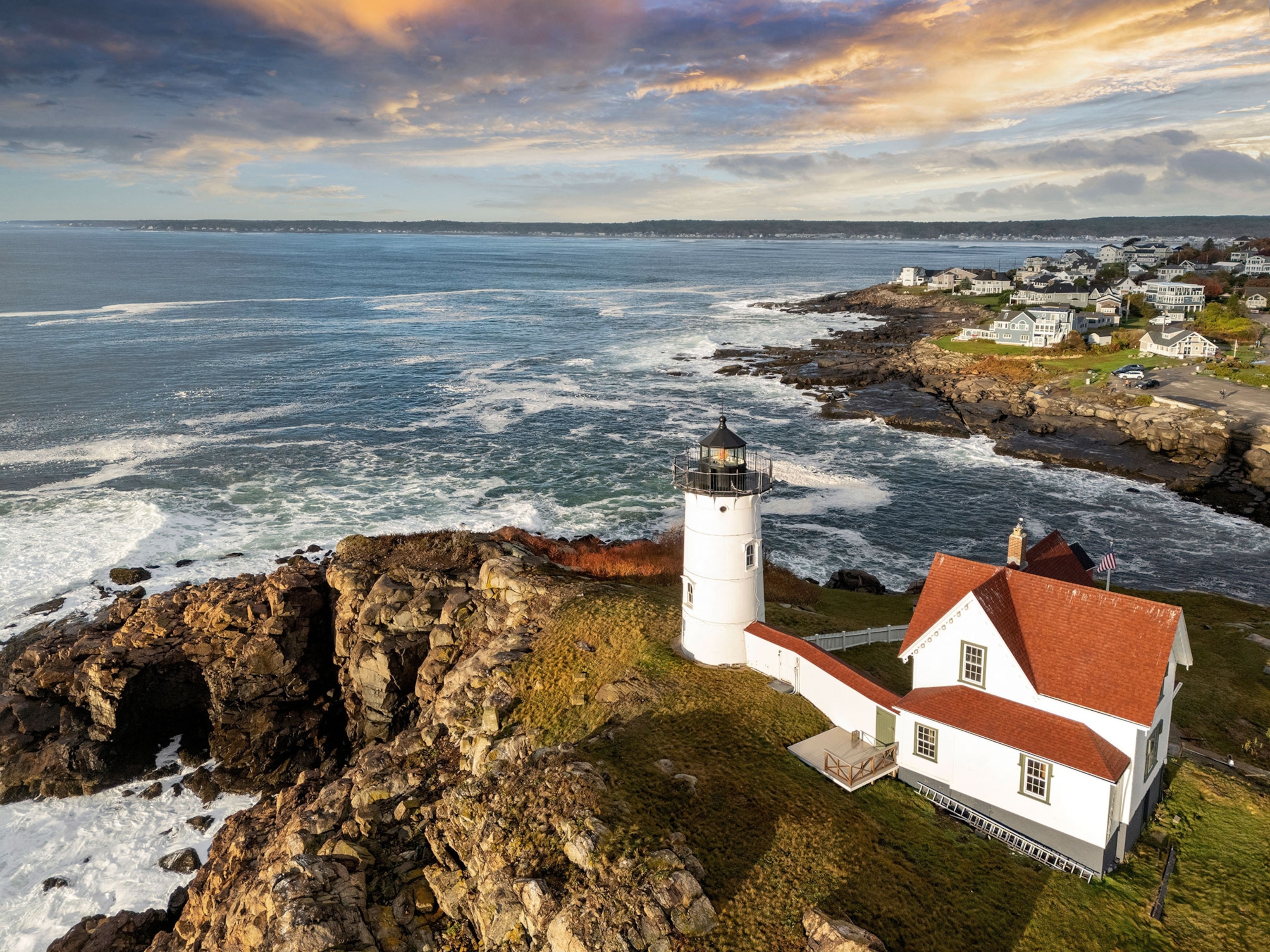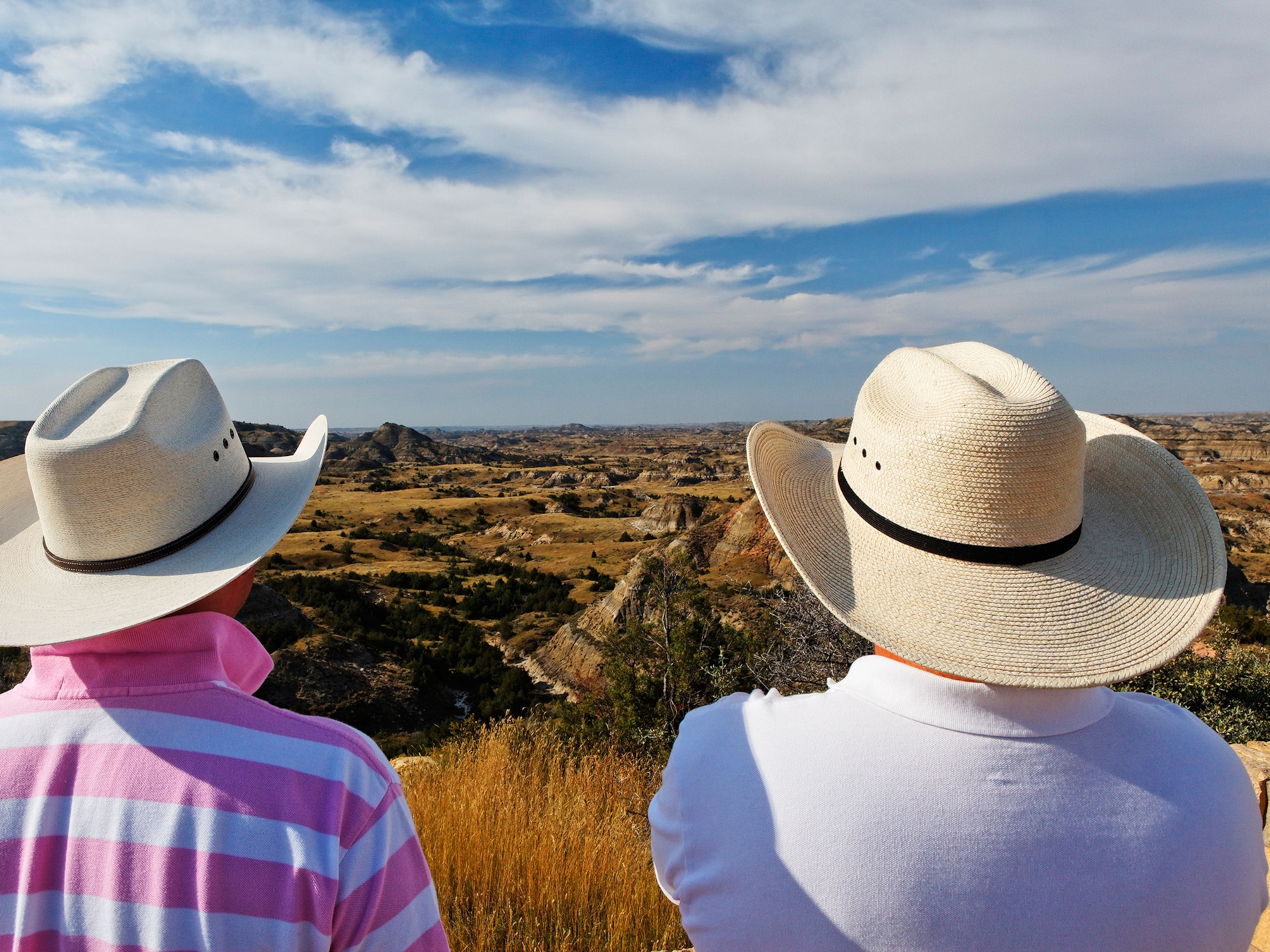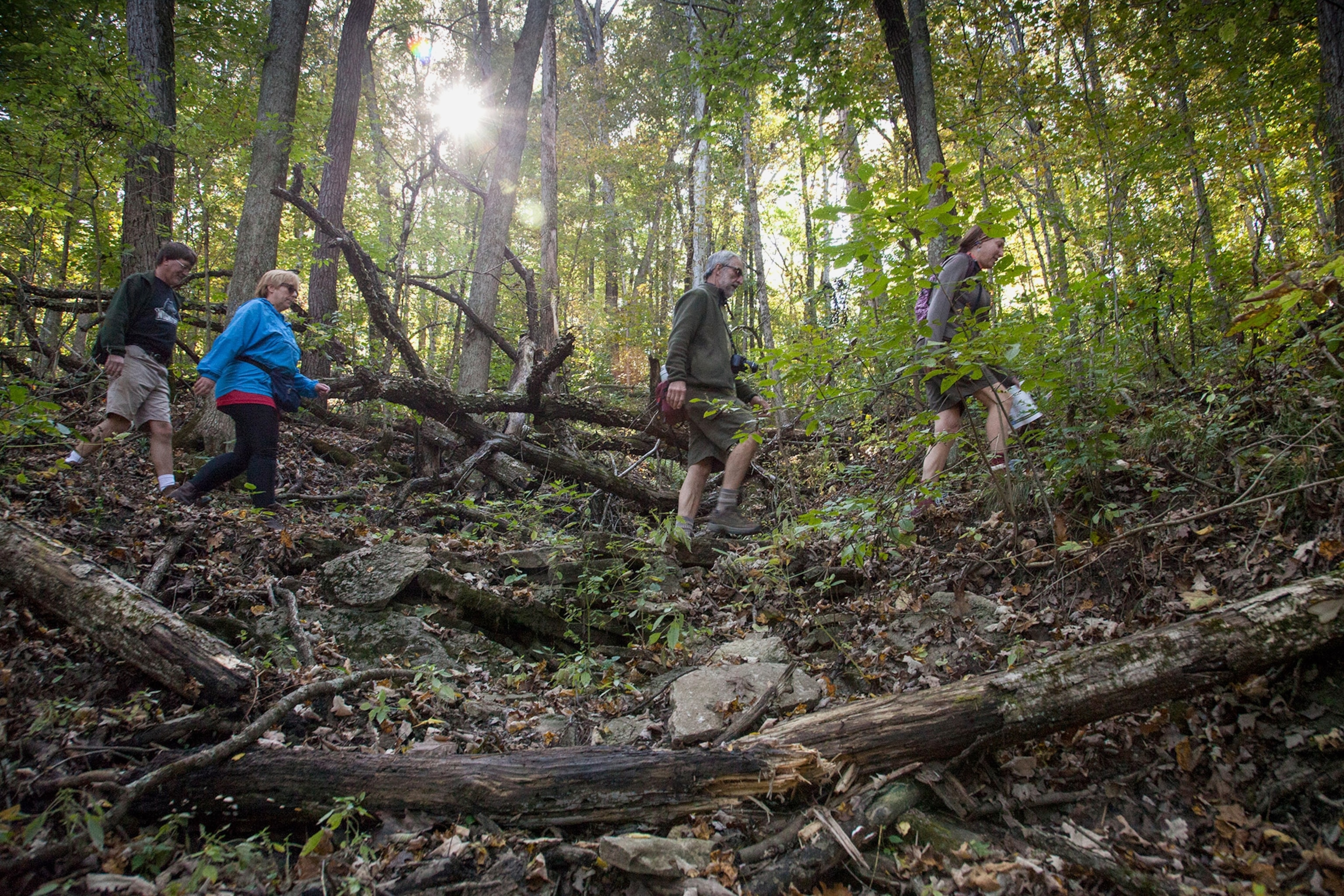
Visit America’s newest adventure capital
From Rust Belt to running trails: Dayton, Ohio’s 16,000 acres of parkland have revitalized the city.
Dayton has seen its fair share of ups and downs. Founded in 1796, the southwestern Ohio city emerged as a manufacturing and aviation capital before changing industrial demands and rising competition from Asia in the 1970s led to decades of decline. On August 4, a tragic mass shooting that left 10 dead and 27 injured thrust Dayton into the news.
But in recent years, the city of around 800,000 has seen a surprising—and popular—revitalization of its urban green spaces, which welcomed some 3.3 million visitors in 2018. On a per-capita basis, this makes Dayton’s parks more popular than New York’s Central Park, the United States’ most-visited.
Dayton’s urban renewal blossomed in the mid-2000s, when new leadership at Five Rivers MetroParks—the organization which oversees the city’s parks—sought to provide more active outdoor amenities. Since then, the city’s 16,000 acres of parkland have made Dayton the Midwest’s newest outdoor adventure capital.


Where the rivers meet
“What makes Dayton a great outdoor destination is its natural aspect, that it’s in the Miami River Valley,” says Greg Brumitt, who helped revive Dayton’s outdoor recreation infrastructure during his time as a director at Five Rivers MetroParks, which oversees the area’s 16,000 acres of parkland.
Five waterways—Stillwater River, Mad River, Great Miami River, Wolf Creek, and Twin Creek—flow through the city, and Five Rivers has taken full advantage. In 2017, the organization built a series of kayaking rapids on a stretch of the Great Miami River adjacent to the downtown RiverScape park to draw people back to the city center. It’s here the city’s burgeoning flat- and white-water paddleboard scene can be found riding waves on weekend mornings.
Five Rivers also bought tracts of farmland, turning them into conservation areas and enlisting local volunteers to build trails, plant trees, and care for its horses (which are available for trail riding, lessons, and summer camps). Today, the system includes 18 parks, 11 conservation areas, a downtown farmers market, a working historical farm, and the country’s longest paved bike trail network (340 miles).
But the park system’s extensive holdings aren’t the only reason for its success: Its impressive community involvement also sets it apart. For the past decade, Five Rivers has offered locals everything from backpacking and horticulture classes to an annual outdoor festival and license-free fishing in trout-stocked ponds. In 2018, Five Rivers programs attracted more than a quarter million participants and locals contributed nearly a million dollars’ worth of volunteer hours.
“We see ourselves as kind of [an] introduction to nature,” says Amy Dingle, Five Rivers’ director of outdoor connections. “The goal is for people to become independent users” of outdoor spaces after participating in Five Rivers’ programming.

The hard work is paying off, as Dayton receives national recognition for its livability (the city made our own list of the best urban green spaces). And at a time when tax increases are anathema to Ohio voters, almost 70 percent of area residents voted in favor of a property tax that secures most of the park system’s annual funding until 2028.
“We believe that outdoor recreation culture can change the larger culture of communities in very positive ways,” says Brumitt. “That creates the excitement and momentum for something people haven’t seen—or never expected to see—in a place like Dayton.”
How to visit
Located south of the intersection of I-70 and I-75, Dayton lies within a 600-mile radius of two-thirds of the country’s population, making it the perfect weekend destination.
Paddling enthusiasts should drop by Whitewater Warehouse, a watersports store at the confluence of the Mad and Great Miami Rivers where kayak rentals are available on summer Thursdays, Saturdays, and Sundays.
Head to Dayton in October to enjoy an outdoor festival at the Eastwood MetroPark, where visitors can camp and partake in more than 40 events free of charge.
The 2nd Street Market (open Thursday to Sunday) is a great spot to mingle and chat with local producers, take a cooking class, or grab street food. Napales and Azra’s Mediterranean Cuisine are the pick of the lot.
For those with kids in tow, the Carriage Hill equestrian center in Huber Heights offers camps and pony rides on weekends, the Cox Arboretum’s butterfly house features every butterfly species native to the U.S., and the Dayton Aviation Heritage National Historical Park tells the story of the birth of flight.
Wrap up the day at the Levitt Pavilion outdoor summer concert series or at downtown’s 170-year-old Carillon Brewing Company, which serves German and Irish foods and craft beers a stone’s throw from the banks of the Great Miami River. Like many of Dayton’s best destinations, it’s only a walk, bike ride, or kayak trip away.
- National Geographic Expeditions
